My First Book About
Penguins
Amazing Animal Books Children's Picture Books By Molly Davidson Mendon Cottage Books

JD-Biz Publishing Download FreeBooks! http://MendonCottageBooks.com All Rights Reserved. No part of this publication may be reproduced in anyform or by any means, including scanning, photocopying, orotherwise without prior written permission from JD-Biz Corp and http://AmazingAnimalBooks.com .Copyright 2015 All Images Licensed by Fotolia and 123RF Read More Amazing AnimalBooks
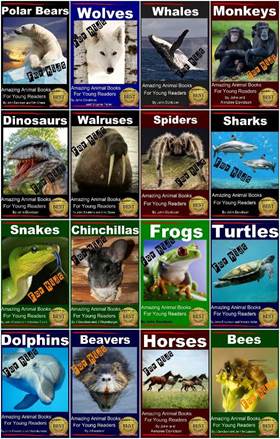
Download FreeBooks! http://MendonCottageBooks.com
Table of Contents
Introduction

Not all penguins are black and white. Some penguins weigh 100 pounds, others weighonly 2 pounds. All penguins are unable to fly.
AboutPenguins
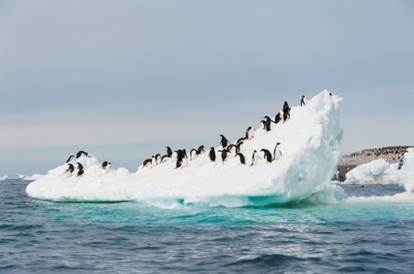
Penguins do not have teeth, their bills justhave sharp edges. Penguins have very large eyes, that can bekept open under the water, so they can see to catch their food.
Penguins ears are on the inside, hiddenunder the feathers on their heads. They have very good hearing, and they findtheir chicks by listeing for their specific sound. Emperor pengins are the largest, weighing100 pounds, and standing 3 - 4 feet tall. Fairy penguins are thesmallest, weighing only 2 pounds, and standing 16 inches tall. A penguin has webbed feet, short legs, and along body, this make them fast swimmers.  When a penguin runs with its wings out tothe side, it is usually trying to cool down.
When a penguin runs with its wings out tothe side, it is usually trying to cool down.
They sleep often, but only for for shortperiods of time. They sleep laying down or standing up with theirhead tucked under a wing.
Penguins Feathers
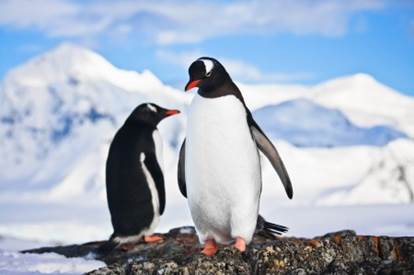
The layer of feathers closest to thepenguin's skin are called downy, and keep them warm. The next layer of feathers that are over thedowny feathers is an oily upper layer of feathers that helpwaterproof the penguins. On the penguins' wings they have very shortand stiff feathers. These stiff feathers help move the penguinthrough the water.
Some penguins look blue, because at the tipof each feather there is a blue spot. 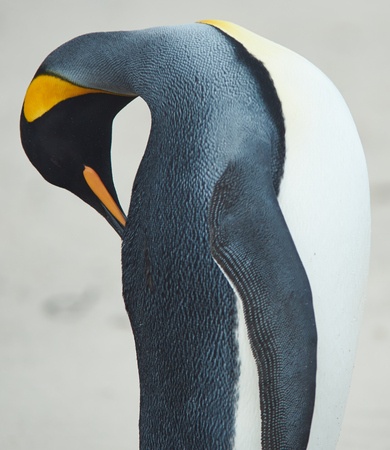 Penguins lose all their feathers and grownew ones each year, during this 3 week time they cannot go swimmingfor food. Their new feathers are not waterproof yet so they wouldfreeze if they did go swimming.
Penguins lose all their feathers and grownew ones each year, during this 3 week time they cannot go swimmingfor food. Their new feathers are not waterproof yet so they wouldfreeze if they did go swimming. 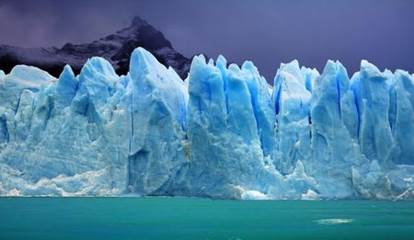
HowPenguins Hunt For Food

Penguins have white bellies, which helpscamoflauge them. When predators look up to the surface of thewater, it looks like light, not food.
WhyPreening is Important
Preening or cleaning their feathers is veryimportant to the penguins.
WhyPreening is Important
Preening or cleaning their feathers is veryimportant to the penguins.
The penguins need to use their preen gland,that produces oil, for them to cover their feathers in to help themstay waterproof. 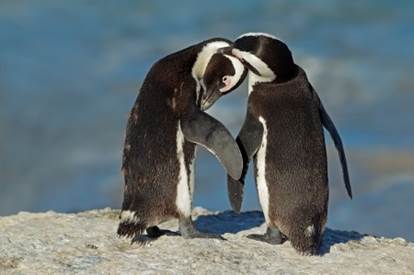 The oil also stops bacteria, algae, and dirtbuild up. Lastly, it makes them slippery so they canzip through the water.
The oil also stops bacteria, algae, and dirtbuild up. Lastly, it makes them slippery so they canzip through the water.
CaringFor Their Young
Penguins lay their eggs in a nest. The momor dad will stay with the egg to keep it warm under their belly oron top of their feet.
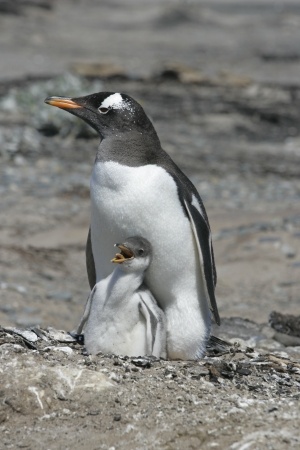
Once the chick is born, it will be warmed byits parents, the same way it was when it was an egg.
Penguins eat fish, but that is too hard forchicks, so the parents will feed their babies fish that has beenturned into chewn up porridge. 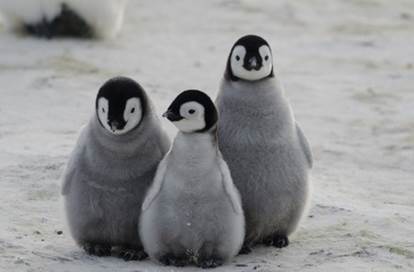 The King and Emperor penguins lay only oneegg while most of the other kinds of penguins lay two eggs. Chicks cannot see for a few hours after theyare born. Chicks need to stay with their parents forup to a year, before they can survive on their own.
The King and Emperor penguins lay only oneegg while most of the other kinds of penguins lay two eggs. Chicks cannot see for a few hours after theyare born. Chicks need to stay with their parents forup to a year, before they can survive on their own.
PenguinGroups
There are six groups of penguins. The Aptenodytes group has the most penguins,and they are also known as the flightless divers.
This group hasthe biggest of all the penguins, and they only lay one egg. Second is the Pygoscelis, which can also becalled the brush-tailed penguins. Their tails have feathers thatare very stiff, and can stick out like the bristles on ahairbrush. Third group is called the Eudyptes. Thesepenguins are known as the crested penguins or beautiful diver. 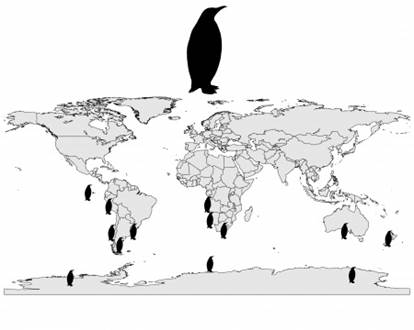 Next is the Spheniscus, also called thebanded or wigtailed penguins.
Next is the Spheniscus, also called thebanded or wigtailed penguins.  Next is the Spheniscus, also called thebanded or wigtailed penguins.
Next is the Spheniscus, also called thebanded or wigtailed penguins.
All the penguins in this group have abig black band across their chests, and they also have black spotson their fronts. Fifth is the Megadyptes group, also know asthe Yellow-eyed penguin. They are the most rare of all thepenguins, they are endangered, and only live on New Zealand'scoast. The final group of penguins is known as theEudyptula. These are the smallest of all penguins and live inAustralia and New Zealand. 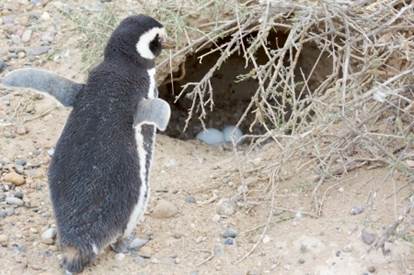
EmperorPenguins
The Emperor penguins live in Antarctica.
It is the boy that will hatch the egg, itrests on top of his feet. It takes about 2 months for the egg tohatch. 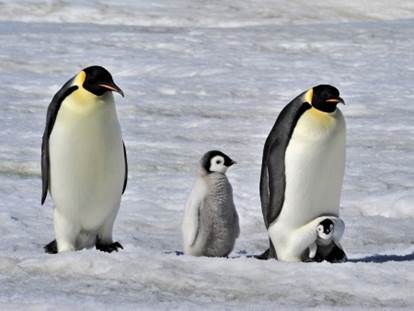

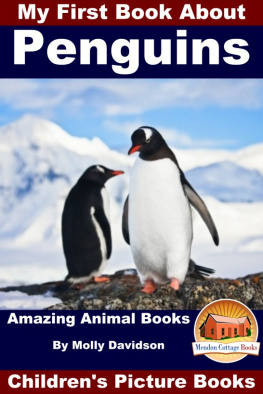



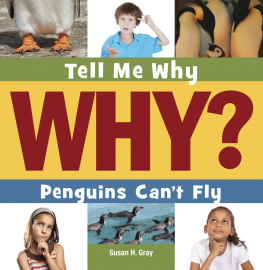
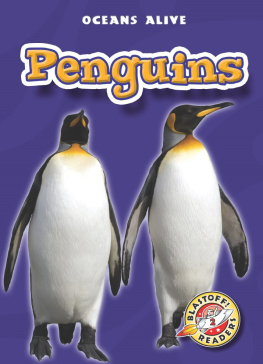
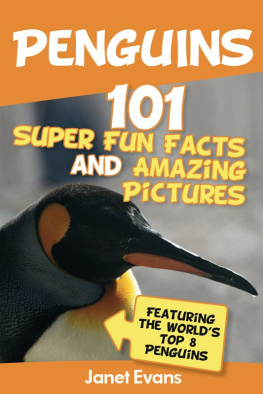

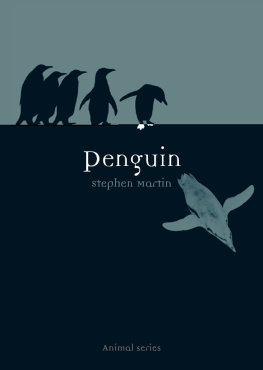

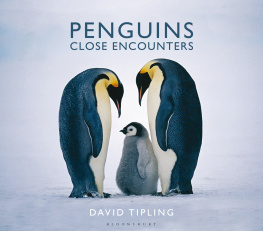
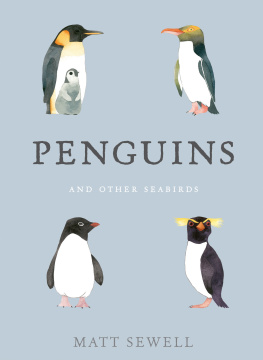
 JD-Biz Publishing Download FreeBooks! http://MendonCottageBooks.com All Rights Reserved. No part of this publication may be reproduced in anyform or by any means, including scanning, photocopying, orotherwise without prior written permission from JD-Biz Corp and http://AmazingAnimalBooks.com .Copyright 2015 All Images Licensed by Fotolia and 123RF Read More Amazing AnimalBooks
JD-Biz Publishing Download FreeBooks! http://MendonCottageBooks.com All Rights Reserved. No part of this publication may be reproduced in anyform or by any means, including scanning, photocopying, orotherwise without prior written permission from JD-Biz Corp and http://AmazingAnimalBooks.com .Copyright 2015 All Images Licensed by Fotolia and 123RF Read More Amazing AnimalBooks  Download FreeBooks! http://MendonCottageBooks.com
Download FreeBooks! http://MendonCottageBooks.com  Not all penguins are black and white. Some penguins weigh 100 pounds, others weighonly 2 pounds. All penguins are unable to fly.
Not all penguins are black and white. Some penguins weigh 100 pounds, others weighonly 2 pounds. All penguins are unable to fly.  Penguins do not have teeth, their bills justhave sharp edges. Penguins have very large eyes, that can bekept open under the water, so they can see to catch their food.
Penguins do not have teeth, their bills justhave sharp edges. Penguins have very large eyes, that can bekept open under the water, so they can see to catch their food.  When a penguin runs with its wings out tothe side, it is usually trying to cool down.
When a penguin runs with its wings out tothe side, it is usually trying to cool down. The layer of feathers closest to thepenguin's skin are called downy, and keep them warm. The next layer of feathers that are over thedowny feathers is an oily upper layer of feathers that helpwaterproof the penguins. On the penguins' wings they have very shortand stiff feathers. These stiff feathers help move the penguinthrough the water.
The layer of feathers closest to thepenguin's skin are called downy, and keep them warm. The next layer of feathers that are over thedowny feathers is an oily upper layer of feathers that helpwaterproof the penguins. On the penguins' wings they have very shortand stiff feathers. These stiff feathers help move the penguinthrough the water.  Penguins lose all their feathers and grownew ones each year, during this 3 week time they cannot go swimmingfor food. Their new feathers are not waterproof yet so they wouldfreeze if they did go swimming.
Penguins lose all their feathers and grownew ones each year, during this 3 week time they cannot go swimmingfor food. Their new feathers are not waterproof yet so they wouldfreeze if they did go swimming. 
 Penguins have white bellies, which helpscamoflauge them. When predators look up to the surface of thewater, it looks like light, not food.
Penguins have white bellies, which helpscamoflauge them. When predators look up to the surface of thewater, it looks like light, not food.  The oil also stops bacteria, algae, and dirtbuild up. Lastly, it makes them slippery so they canzip through the water.
The oil also stops bacteria, algae, and dirtbuild up. Lastly, it makes them slippery so they canzip through the water. Once the chick is born, it will be warmed byits parents, the same way it was when it was an egg.
Once the chick is born, it will be warmed byits parents, the same way it was when it was an egg.  The King and Emperor penguins lay only oneegg while most of the other kinds of penguins lay two eggs. Chicks cannot see for a few hours after theyare born. Chicks need to stay with their parents forup to a year, before they can survive on their own.
The King and Emperor penguins lay only oneegg while most of the other kinds of penguins lay two eggs. Chicks cannot see for a few hours after theyare born. Chicks need to stay with their parents forup to a year, before they can survive on their own. Next is the Spheniscus, also called thebanded or wigtailed penguins.
Next is the Spheniscus, also called thebanded or wigtailed penguins. 
